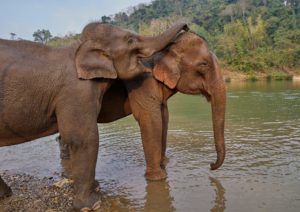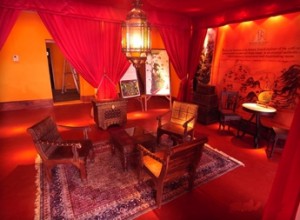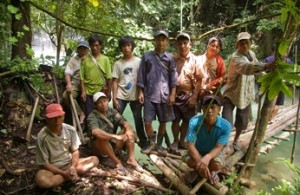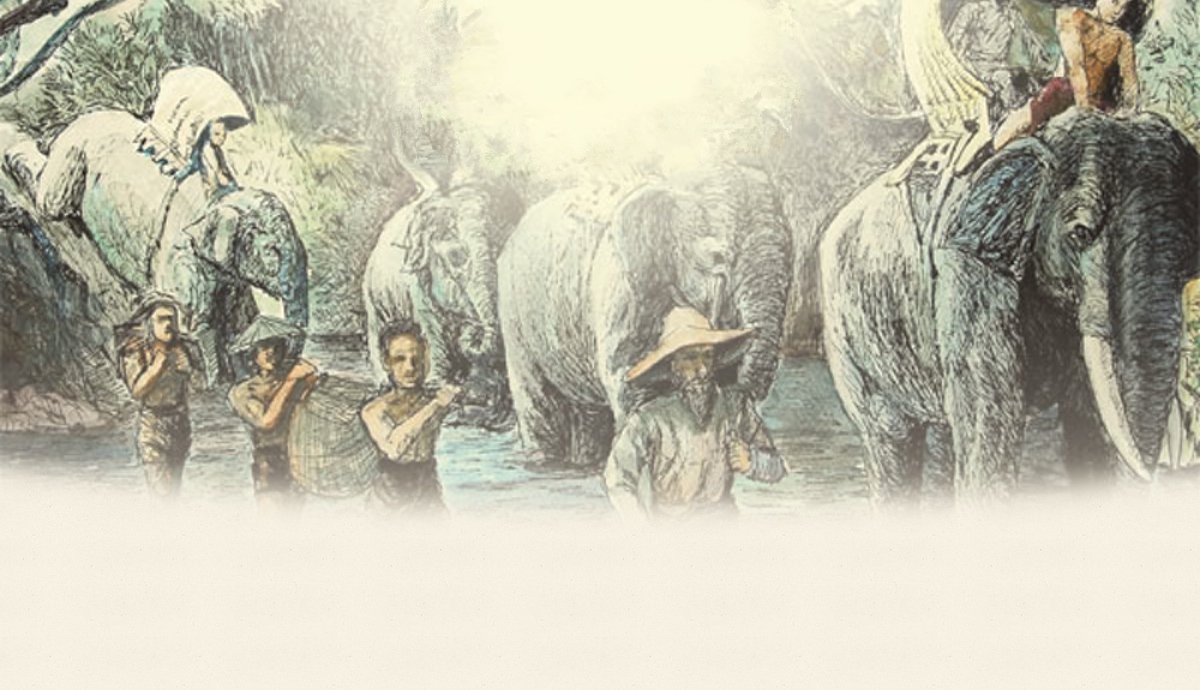 Legends say that Shangri-La is the first place that receives the sunshine of the day, and is the most awe inspiring place on earth. The term ‘Shangri-La’ comes from Xiangbala and originates in Tibetan Buddhism’s tripitaka. This translates to the supreme gambit of ‘Buddhism Pure Land’ and is equivalent to phrases such as ‘The Garden of Eden’, ‘Ideal Kingdom’, ‘Xanadu’, and a ‘Utopia’ in modern glossaries. It consists of diverse natural landscapes, jungle forests, meadows, alpine lakes, turquoise pools with waterfalls and jade blue skies that together form a world of breathtaking natural beauty. It is a holy place characterized by fascination, lucidity, peace, comfort, vastness, tranquility and harmony.
Legends say that Shangri-La is the first place that receives the sunshine of the day, and is the most awe inspiring place on earth. The term ‘Shangri-La’ comes from Xiangbala and originates in Tibetan Buddhism’s tripitaka. This translates to the supreme gambit of ‘Buddhism Pure Land’ and is equivalent to phrases such as ‘The Garden of Eden’, ‘Ideal Kingdom’, ‘Xanadu’, and a ‘Utopia’ in modern glossaries. It consists of diverse natural landscapes, jungle forests, meadows, alpine lakes, turquoise pools with waterfalls and jade blue skies that together form a world of breathtaking natural beauty. It is a holy place characterized by fascination, lucidity, peace, comfort, vastness, tranquility and harmony.
Shangri-La is the Kingdom of Xiangbala and in the minds of the Tibetan people, it implies a place inhabited with fairies and immortals existing beyond the common world. In Shangri La, the picturesque landscape is packed together with babbling rivers and streams, the reflection of green mountains, slow moving white clouds, bright blue sky and cliffs and lime stone capped mountain peaks against the sun’s glow.
Both beauty and art meet and accompany each other, moderately and adequately, to complement it’s simplicity and goodness. Here, one can experience freedom like the drifting wind and gentleness of the clouds, by listening to life’s symphony composed by nature. It is believed that this is a fairyland on earth. A homeland of beauty, tranquility, eternity and good luck endowed by the heavenly god.
A word from our founder – Markus Peschke
 “An earthly paradise harmoniously shared between man & nature”
“An earthly paradise harmoniously shared between man & nature”
No words could describe my intense feelings and thoughts when I first came to this place which we call today Shangri-Lao. The hidden paradise valley behind the village Ban Xieng Lom, Luang Prabang province, Laos.
After 12 years experiencing Lao people and culture, working and spending most of my free time with them, I also found that this description fits with their behavior, calm and friendly. Those who have the chance to experience Lao people and their surroundings, especially throughout the remote areas, will agree with me that it is paradise and there is nowhere else where man and nature share more harmoniously together.
But it is not only I who have this experience with the Laotian character. A female French explorer who traveled to Luang Prabang in 1909, Marthe Bassenne, had the same experience. She writes:
“‘Adieu Luang Phabang’ or ‘Good bye Mouang Louang’ as the Laotians say – ‘You have intoxicated us with your easy life, with your voluptuous nonchalance, little Capoue asleep between the great streams which guard you, and the mountains which extend the odorous shadows of their green dress over you! Good bye to this awakened dream, to this living tale of fairy queens of which we abandon the magic charm we regret!”
Management Vision of Shangri-Lao

I would like to preserve this area for future generations, not only with the help of the local people, but also the Lao government. I would like you, as our guest, to experience our adventure where we bring man and nature together in harmony to help and support each other to fulfill our lifetime without harming anything or anybody.
Our style of management at Shangri-Lao is therefore a unique one. There is no ‘big business chain’ or some ‘fast return on investment’ with many investors squeezing the management for a quick return of their investment. Our management is able to respect the behavior and style of the unique nature of the inhabitants of Laos. This is a calm approach to life, less driven to making money and the pressures this brings, but more to look at enjoying their daily life, always looking for a chance to smile, laugh and enjoy with others!
This understanding means employing more staff and respecting their lives and culture. This results in a relaxed, authentic behavior from the local people, which benefits our guests who can get to know them in the relaxed and authentic atmosphere in our camp. Just as the first explorer probably experienced the ‘innocent’ inhabitants of this magic, intoxicating country, we want to continue this. This also means sharing the relationship with the neighboring village by involving the local people to create more jobs that less fortunate people can follow and be fulfilled. By involving elephants and having to care for more than 300 hectares of primary jungle, we have many more opportunities for these indigenous people.
Conservation Efforts

The amount of 20.000.000 Lao Kip has been spent to construct walking trails, bridges and resting areas built by local workers using their traditional construction methods and natural local materials (see the photo of workers from Ban Ean to the right)
The trail is easily accessible via the famous Tad Sae Waterfall through selected tours from the Shangri-Lao Explorer Camp along their private land.
The pristine forest and other sensitive eco-systems are under the private protection of Elephant Village with the support of Shangri-Lao Explorer Camp and Resort, and the local provincial authority.
With the help of foreign and local forestry experts and natural resource managers, a number of impressive plant species have been identified. These include many vulnerable and even critically endangered tree species. Along our educational trail you will find many signboards which reveal details the different tree species as well as how they are utilized by the local villagers.
When you book a room with Shangri-Lao or a tour with Elephant Village, you will help to continue the conservation of this special environment.


